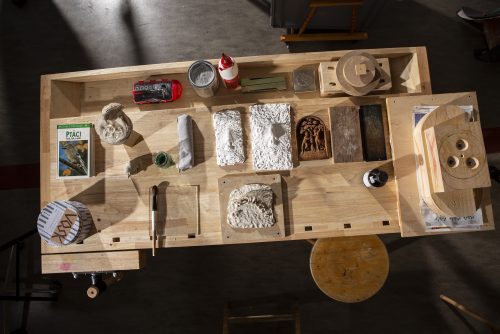
Mário Birmon, František Dvořák, JaZoN Frings, Michal Pustějovský + GUFRAU
Heuristický algoritmus
Project Info
- 💙 Pragovka Gallery
- 💚 Pavel Ticho(ň)
- 🖤 Mário Birmon, František Dvořák, JaZoN Frings, Michal Pustějovský + GUFRAU
- 💜 Pavel Ticho(ň)
- 💛 Marcel Rozhoň
Share on
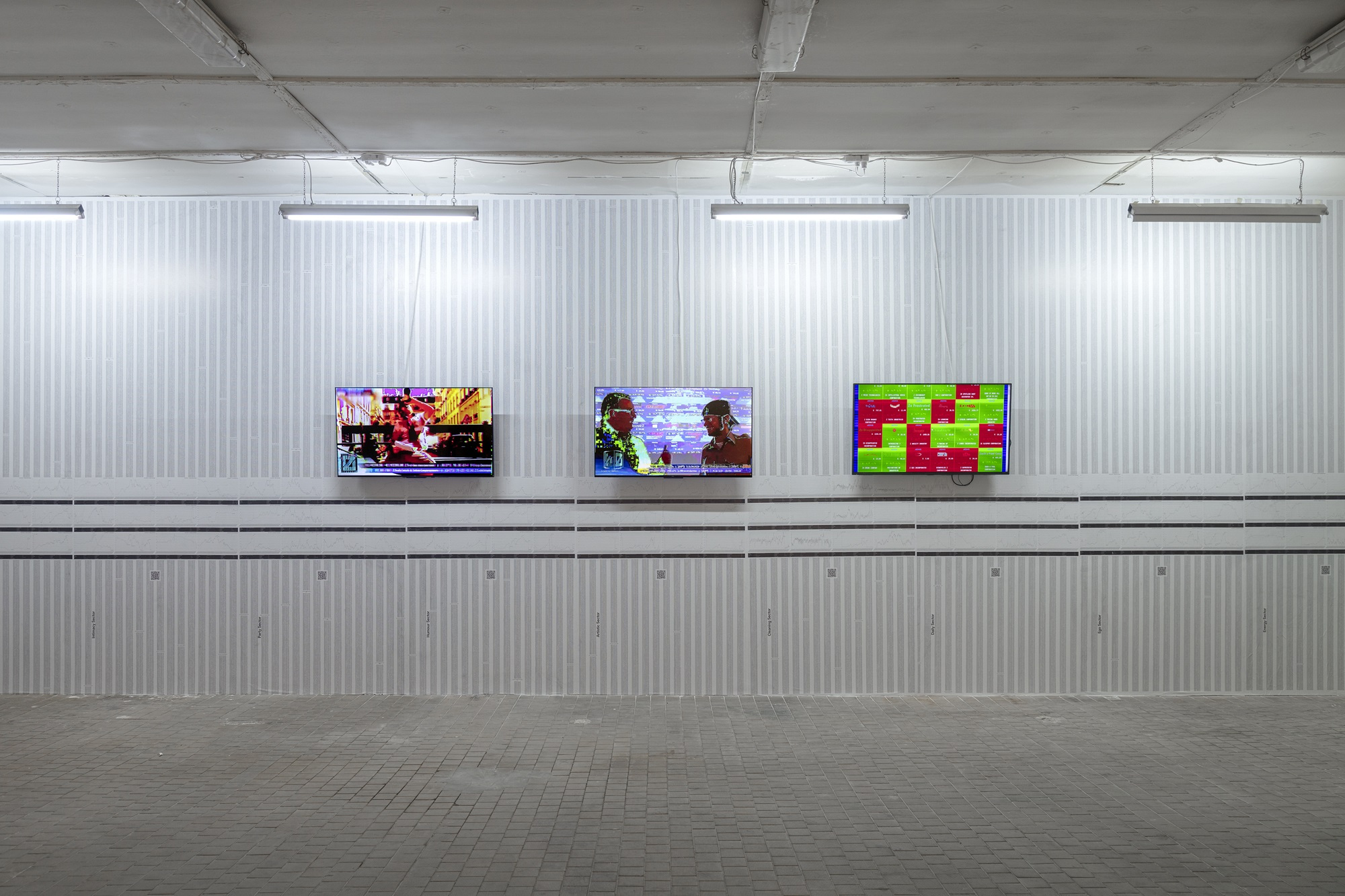
Advertisement



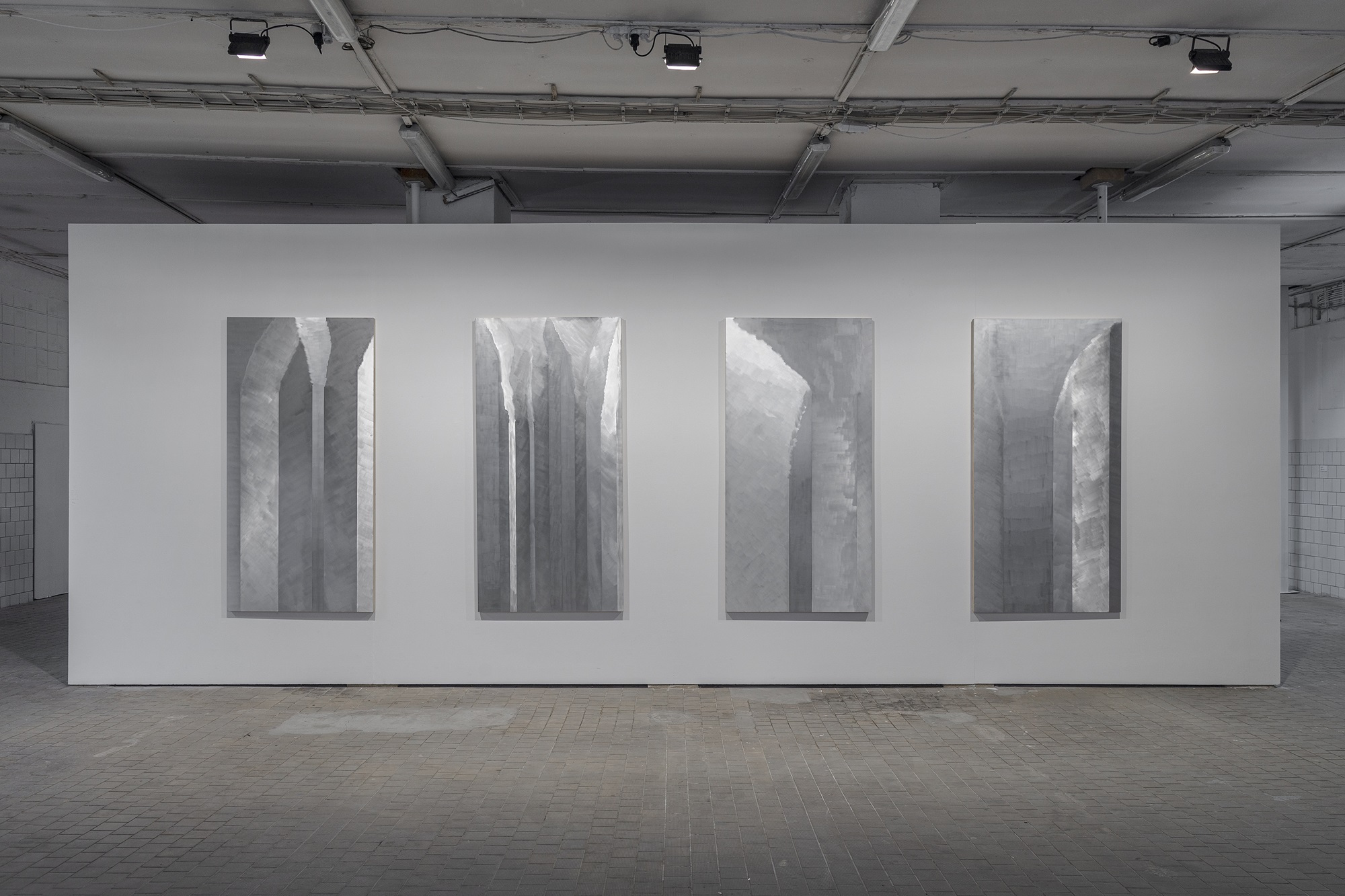
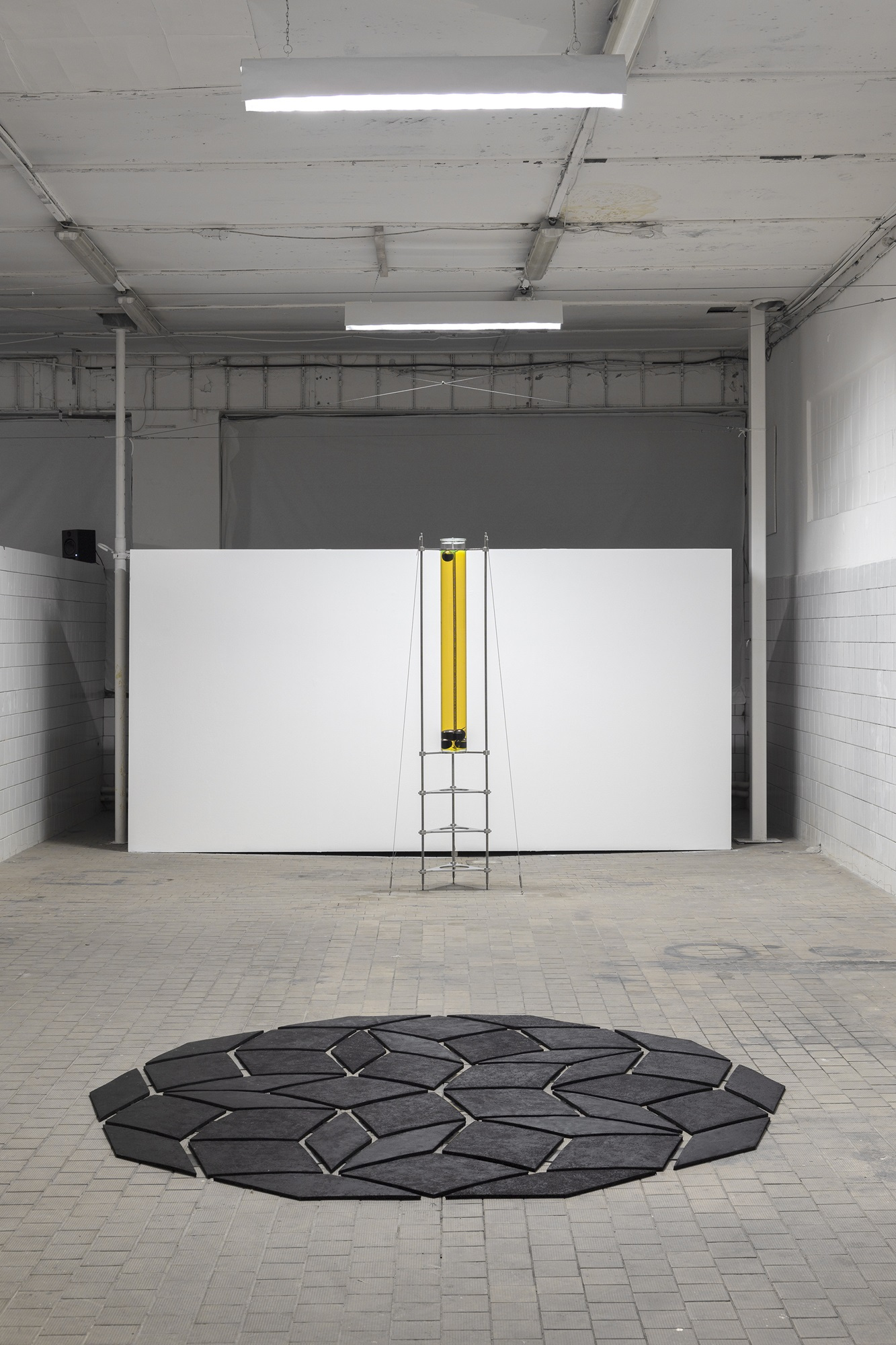

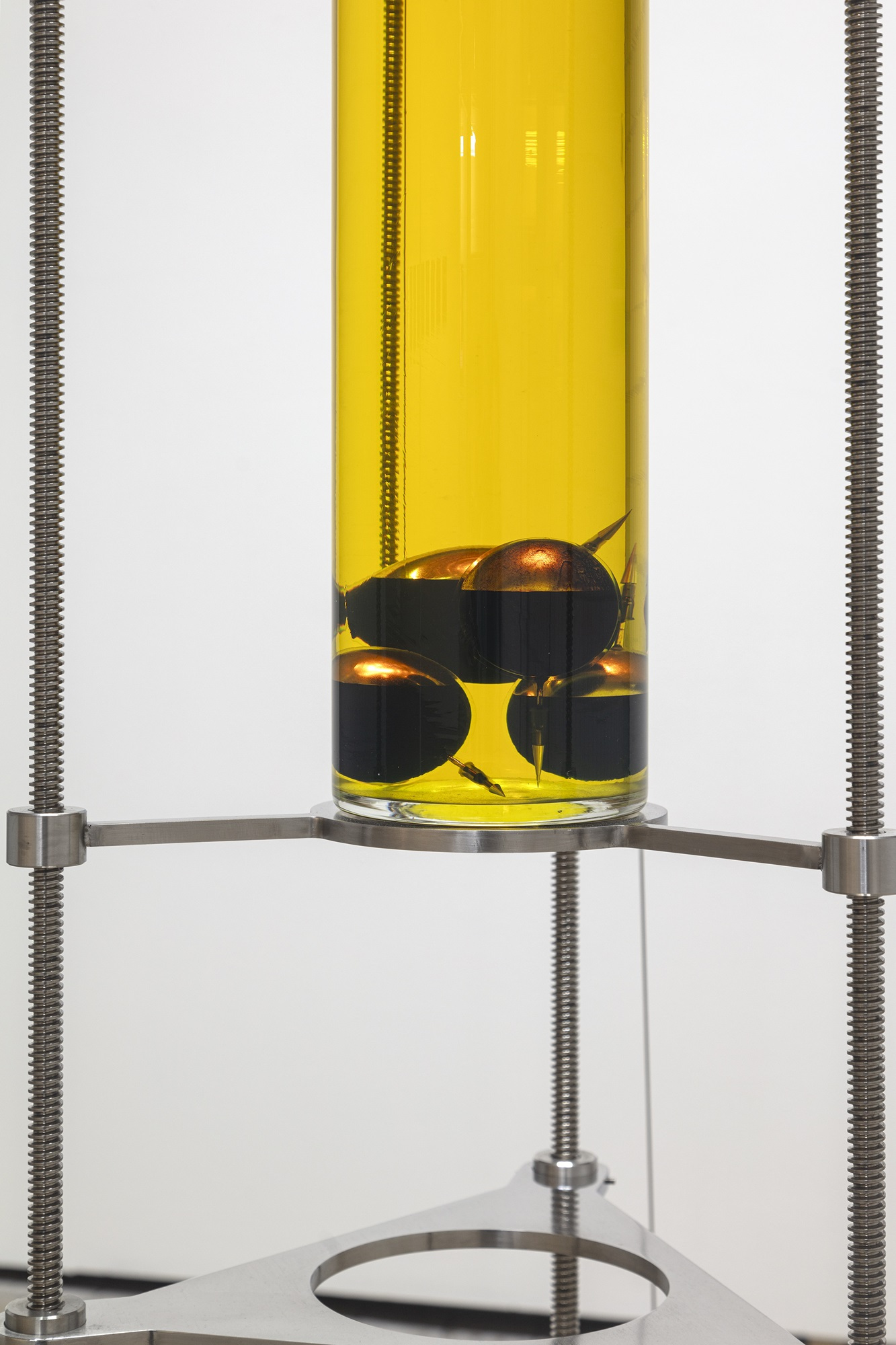
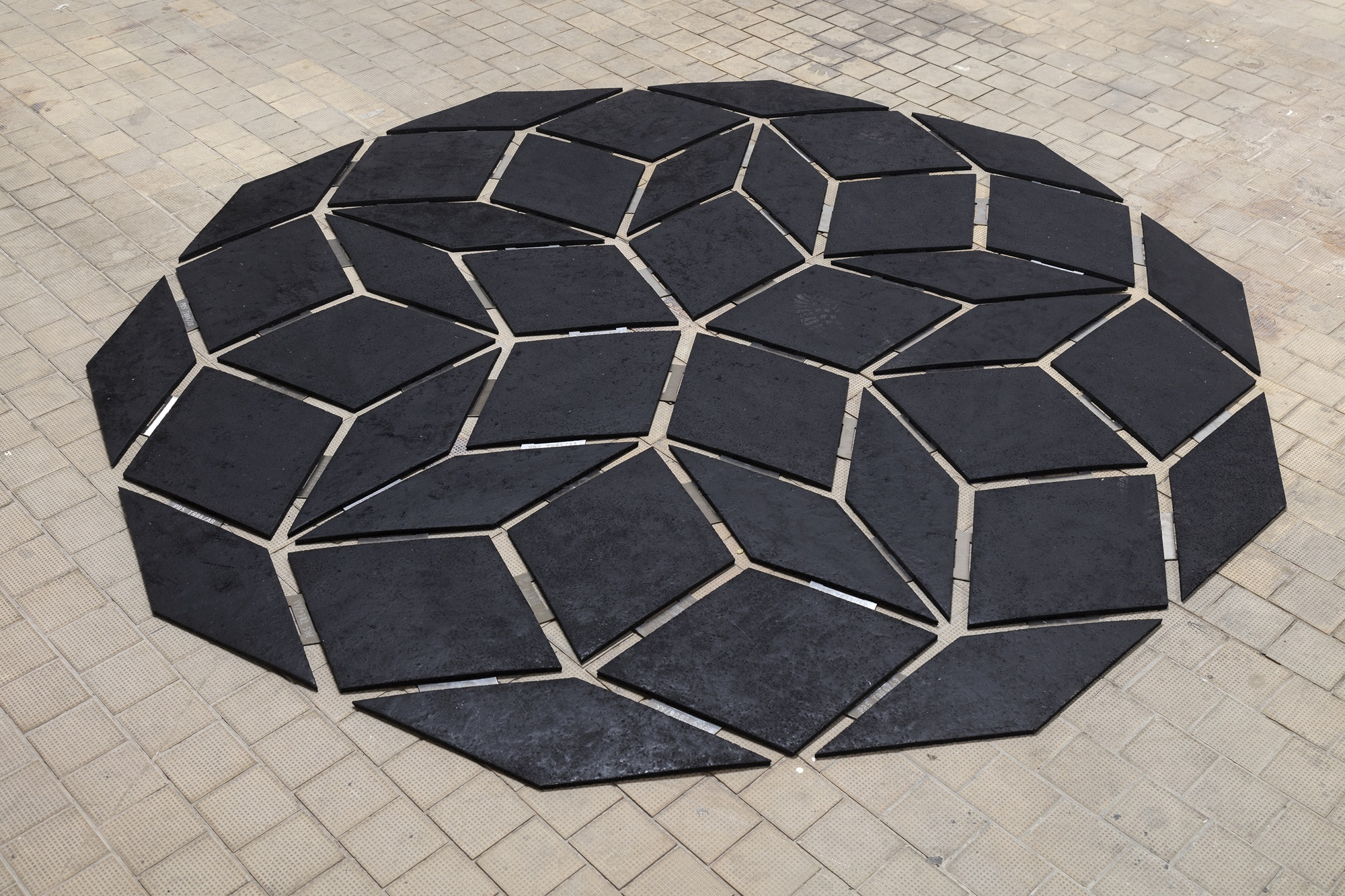
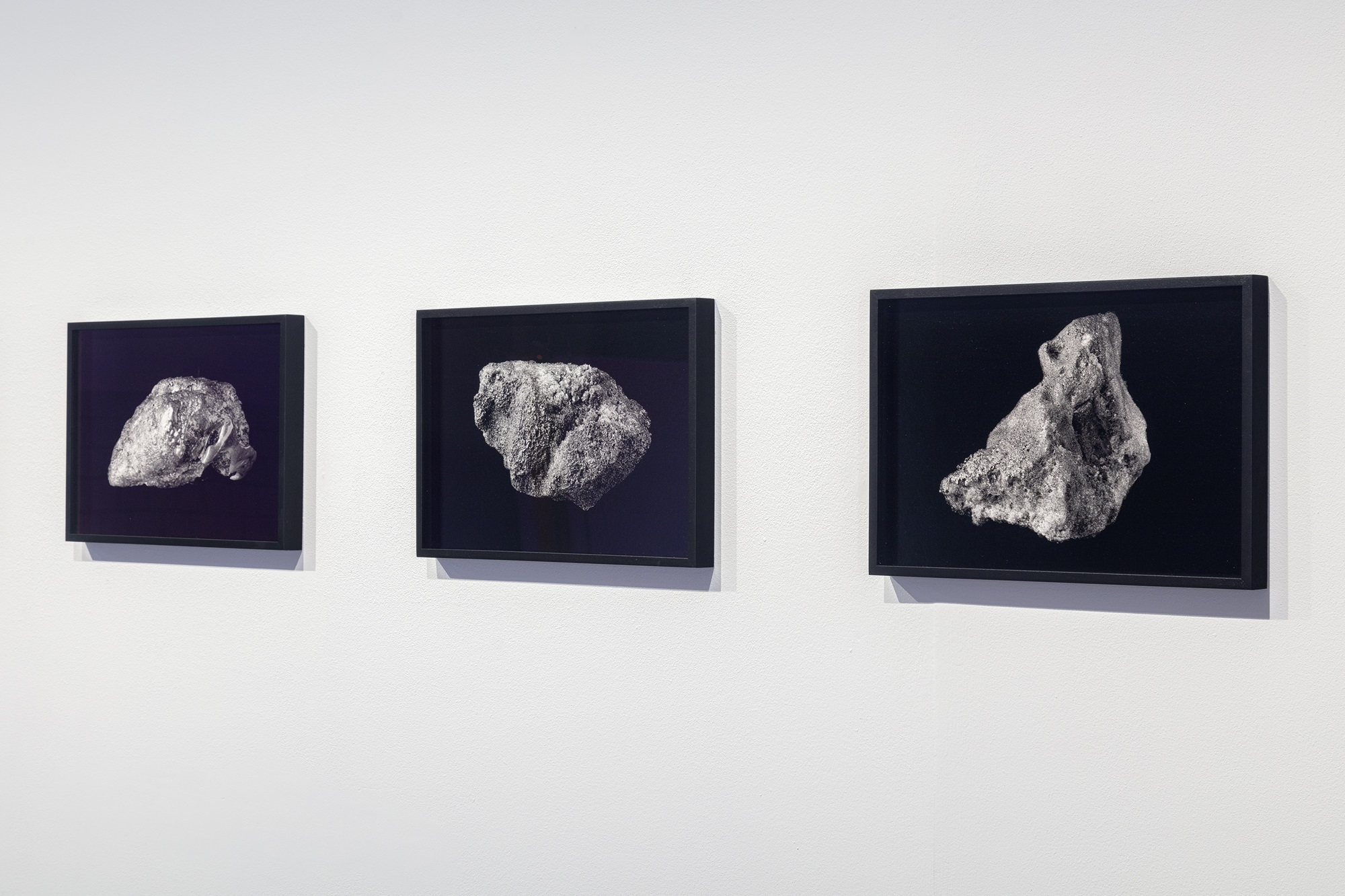

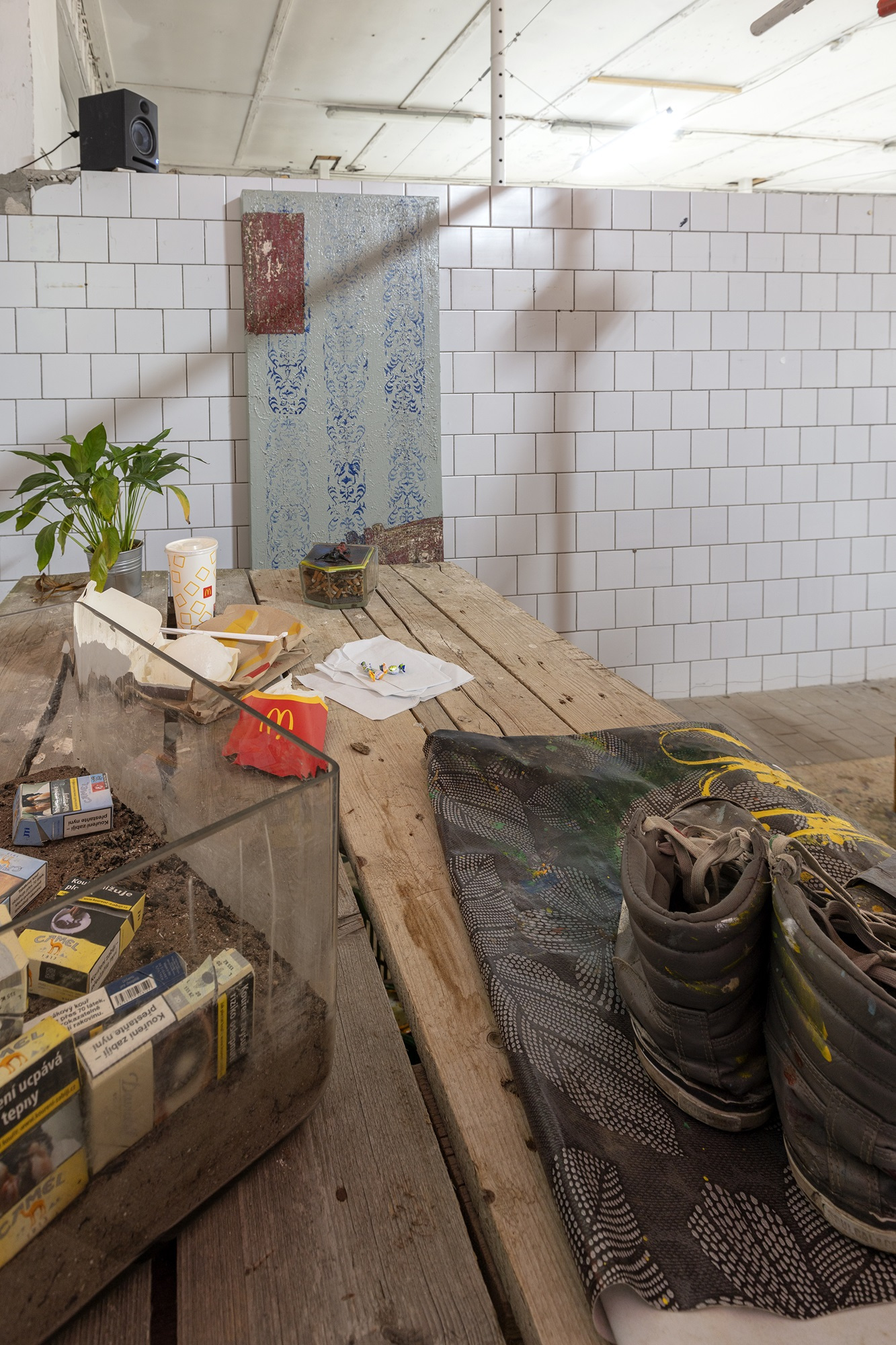
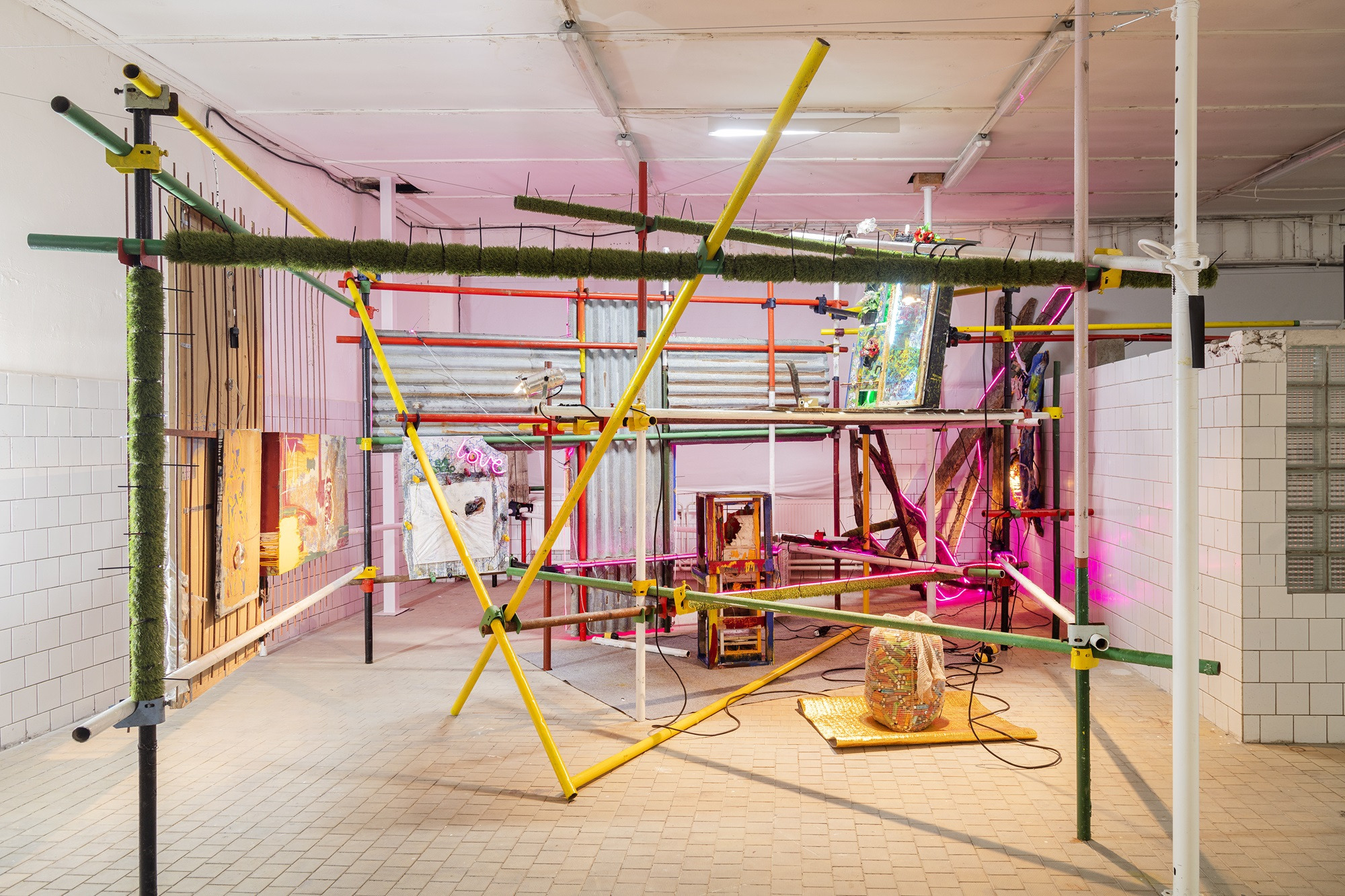
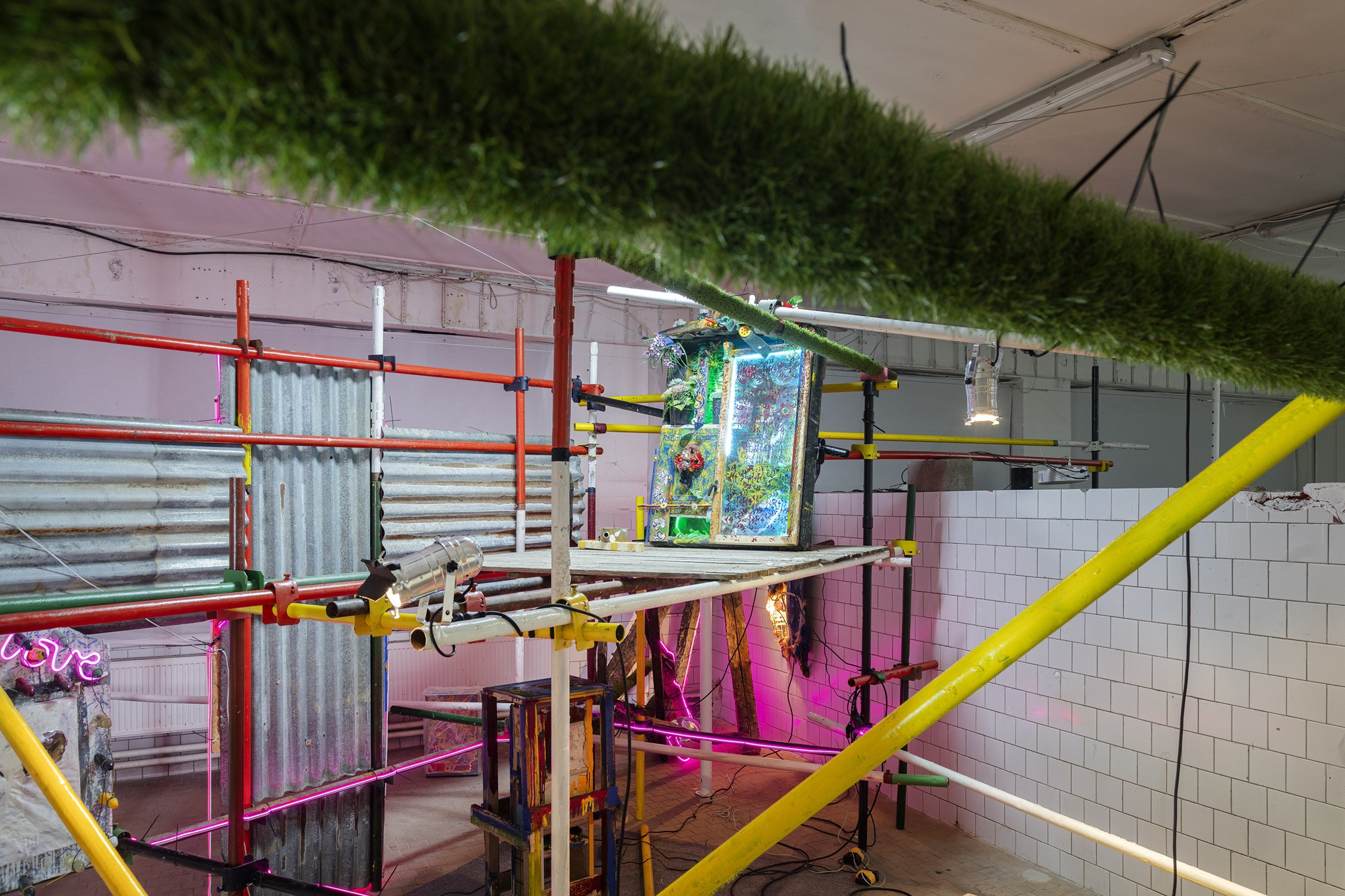
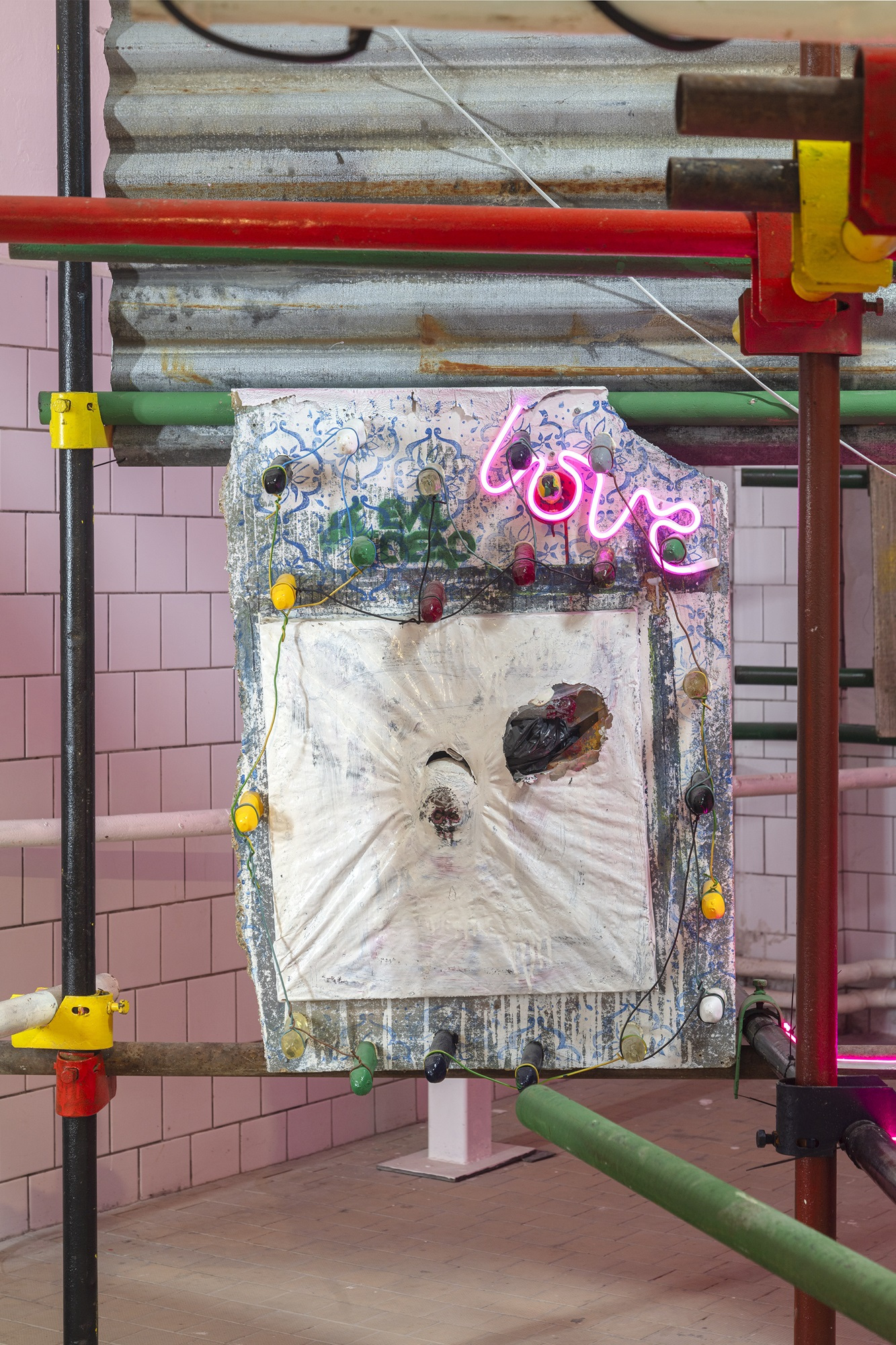

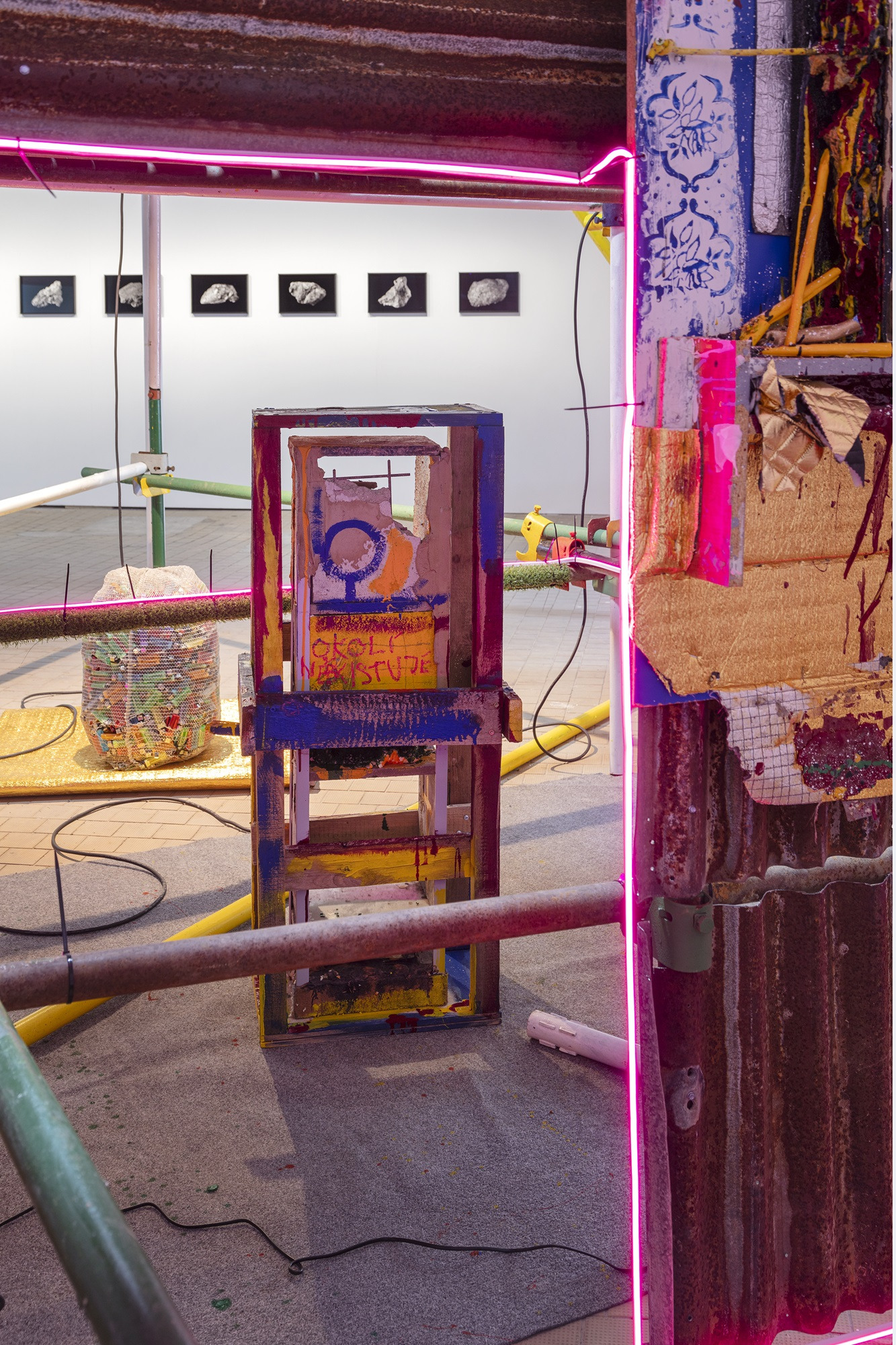

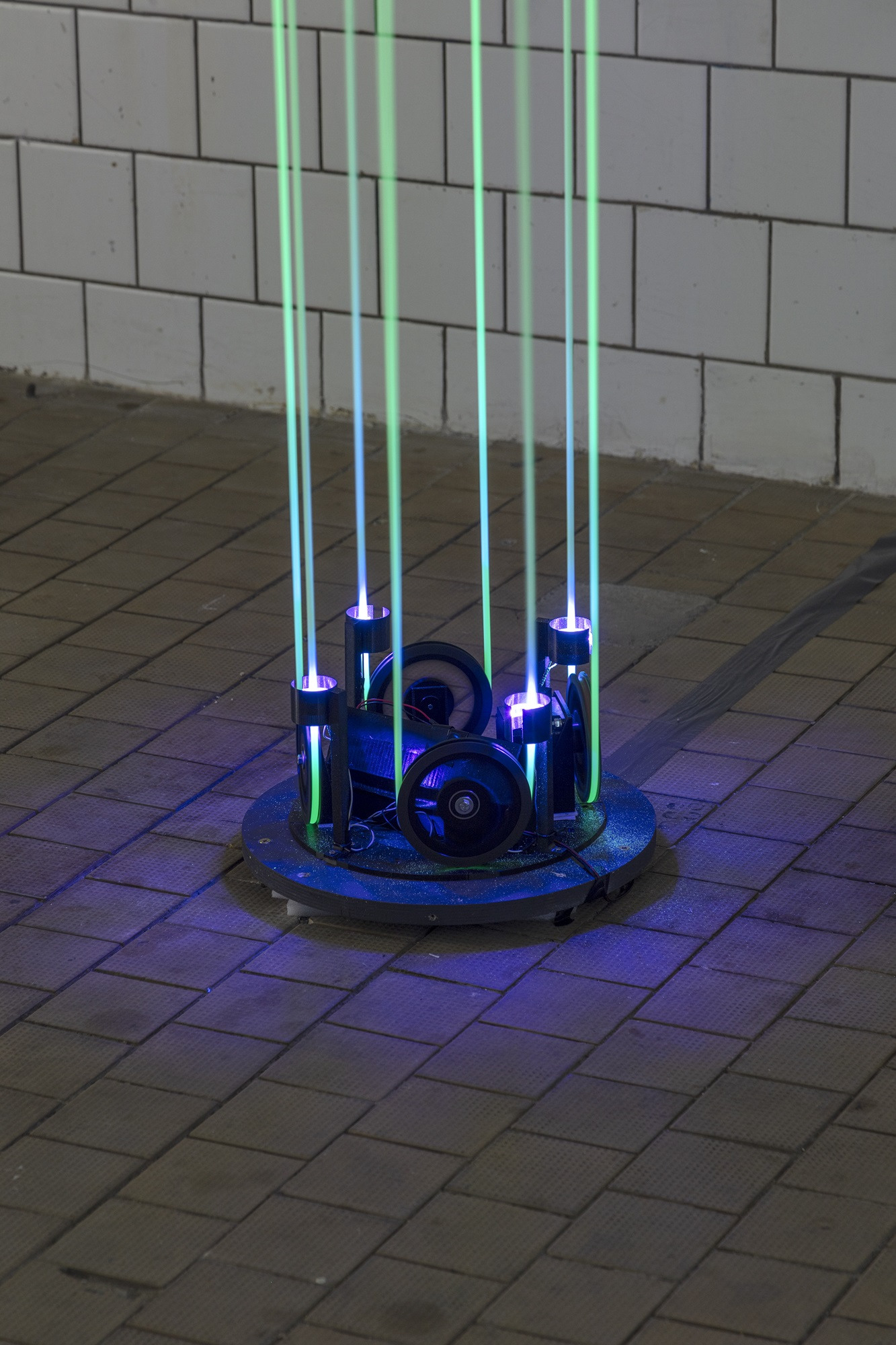

The heuristic algorithm is a procedure or method for solving problems, which is based on finding an approximate, even though not always the best solution as quickly as possible. This method is often used in situations where the problem is too complex to be solved by an exact optimized algorithm.
An example of a heuristic algorithm can be the so-called Travelling Salesman Problem (TSP). The ultimate aim of the TSP is to find the shortest possible path covering all cities in a given set, starting and finishing in the same city. This problem is notorious for its NP-hardness, meaning that no truly efficient algorithm for finding the optimal solution in polynomial time has been discovered, yet.
The presented artists—František Dvořák, Mário Birmon, Jazon Frings, Michal Pustějovský, and the musical guest Gufrau—join forces in a complex group exhibition called Heuristic Algorithm which explores the source code driving the contemporary economy, both energy and human resources, established patterns of perception, the panspermia of the human ego, the centaury, using the method of unusual solutions. The visual language of the exhibition is not dogmatically critical. The common denominator is the new media form mixed with ease and apt exaggeration which adequately lightens the frequently heavy-handed subject matter with each artist bringing their unique perspective on the present by means of their own art language.
František Dvořák (*1986) is a graduate of the Sculpture studio at the The Ladislav Sutnar Faculty of Design and Art in Plzeň. He reflects his personal experiences using visual overload, boisterous aesthetics, and bold spatial disruptions. In his sculptural work, he often uses contemporary technologies (3D scanner, 3D printing) and a specific color palette inspired by the synthetic colors of SU2013. His systematically constructed works combine an authorial creative approach with ready-made elements, creating visual chaos with deep personal meaning. His works are a kind of mental mosaic of emotional and intellectual experiences, drawing the viewer into his intimate space using coded messages about specific experiences. At the exhibition, he disrupts the space with his large-scale site-specific installation which serves as a reflection of his previous ways of thinking.
Mário Birmon (*1983) is a graduate of graphic arts at the Academy of Fine Arts and Design in Bratislava. He presents a series of works at the exhibition, which carefully map and document the effects of globalization based on the mobility of market commodities. He is fascinated by the aesthetics of natural disasters and destruction arising as a result of constant acceleration, increasing needs, and dependence on resources. He uses prefabricated objects, giving them new contexts and interconnections, and creating a compelling narrative of social transformations. One of his exhibited works is Heat 4 Speed, a Galilean thermometer-based object filled with crude oil and diesel. The oil was collected in the Lago Agrio province in Ecuador where there are extensive pipeline spills and uncleared dumps from the oil industry, particularly in areas where the oil company Texaco used to operate. This site symbolizes the devastating human behavior in the Amazon rainforest which is considered our greatest asset but is affected by our desire for growth. Also of note is the Carbonis series of photographs which is his topographic documentation (study) of artifacts created by mixing ice and snow with car exhaust fumes, dirt, and road dust, mapping objects outside the sphere of interest as well as the consequences of social activities which lead to their creation.
Jazon Frings is an American-French artist who graduated from the Sorbonne University in Paris. His work explores the placement of the individual within the social systems surrounding us. He deliberately manipulates these systems by changing their fundamental production aims and rethinking their functioning. His work defies simple categorization as he abandons conventional notions of finished products with some works being created indefinitely. Much of his work exists in both the physical and virtual worlds; deliberately blurring the lines between his art pieces and wider artworks. He creates a space for the viewer to think about how their own life does or does not fit into the systems that make up society.
He uses systems and technologies to create works which can be activated, accessed, and experienced, such as regulated stock markets based on his life, ward images, existential hedge funds, non-numerical money systems, or digital absurdities such as brainless GIF clones, AI generated messages, nonsensical data mining, and AI for the sake of AI.
At the exhibition, his work is represented by his megalomaniacal project of the personal stock exchange JaZoN Ex. where more than 320 companies representing his life experiences are spotlighted. The companies are divided into specific sectors (artistic activities, daily activities, intimate activities, etc.) and have fluctuating stock prices based on his real-time life experience with input from JaZoN and public speculation. The end result is a vivid economic portrait of his life, archived in a database with over 350,000 entries during more than 15 years.
Michal Pustějovský (*1984) is a graduate of the New Media Studio I at the Academy of Fine Arts in Prague. He focuses his practice on abstract quantum theory and its probability within the virtual and material world. He depicts the basic building blocks of our spatiotemporal reality and creates new-media installations, blending exact scientific reasoning with visually poetic art expression dominated by cyclicity. He is fascinated by aluminum as a medium for exploring the nuances of technological evolution. At the exhibition, he presents a brand new series of paintings which, using his technique of rotary etching, reveal paradoxical journey of aluminum from a rare rarity to an essential element of futuristic design. Aluminum presents a clear testimony about the changing paradigm of our times.
His work is a testimony to the dynamic interplay of the seen and the unseen, the historical and the futuristic, the scientific and the artistic. Through analogue mechanisms and open-source technologies, he creates his own microworld as a simulacrum of the multifaceted nature of our universe.
The musical guest Gufrau presents their project "Percepční bod" (Perception Point) in the form of a recorded happening, drawing attention to the inability of society to break out of its pre-learned patterns of perception. The event was created in reference to the symbolic perception point mentioned by the Czech guru Jaroslav Dušek in one of his controversial interviews. The band metaphorically created one common perceptual point for the whole of Prague and then lowered it onto the river Vltava to stir and change the perception of all citizens whose perceptual point has long been anchored. Their presence in the exhibition adds another generational layer to the discussion of our current challenges and dynamics of our world.
The band Gufrau formed two years ago as a musical entity which combines the practices of rap, electronic, and dance music. The band members are Jakub Mako, Vojtěch Pravda, and Hugo Wiesner. Maia Gaydarská and Klára Bělíčková also helped with their project.
Heuristic Algorithm is a joint journey of five artistic entities that offer us an unusual view of our present. The exhibition epilogue is the final motto: "Hypothetically, there are no guarantees that any of our motives are correct, but at any given moment, they seem to be the best possible." Accept the challenge and see the world through the eyes of those who reveal the heuristic patterns which "distort" our reality.
Pavel Ticho(ň)



